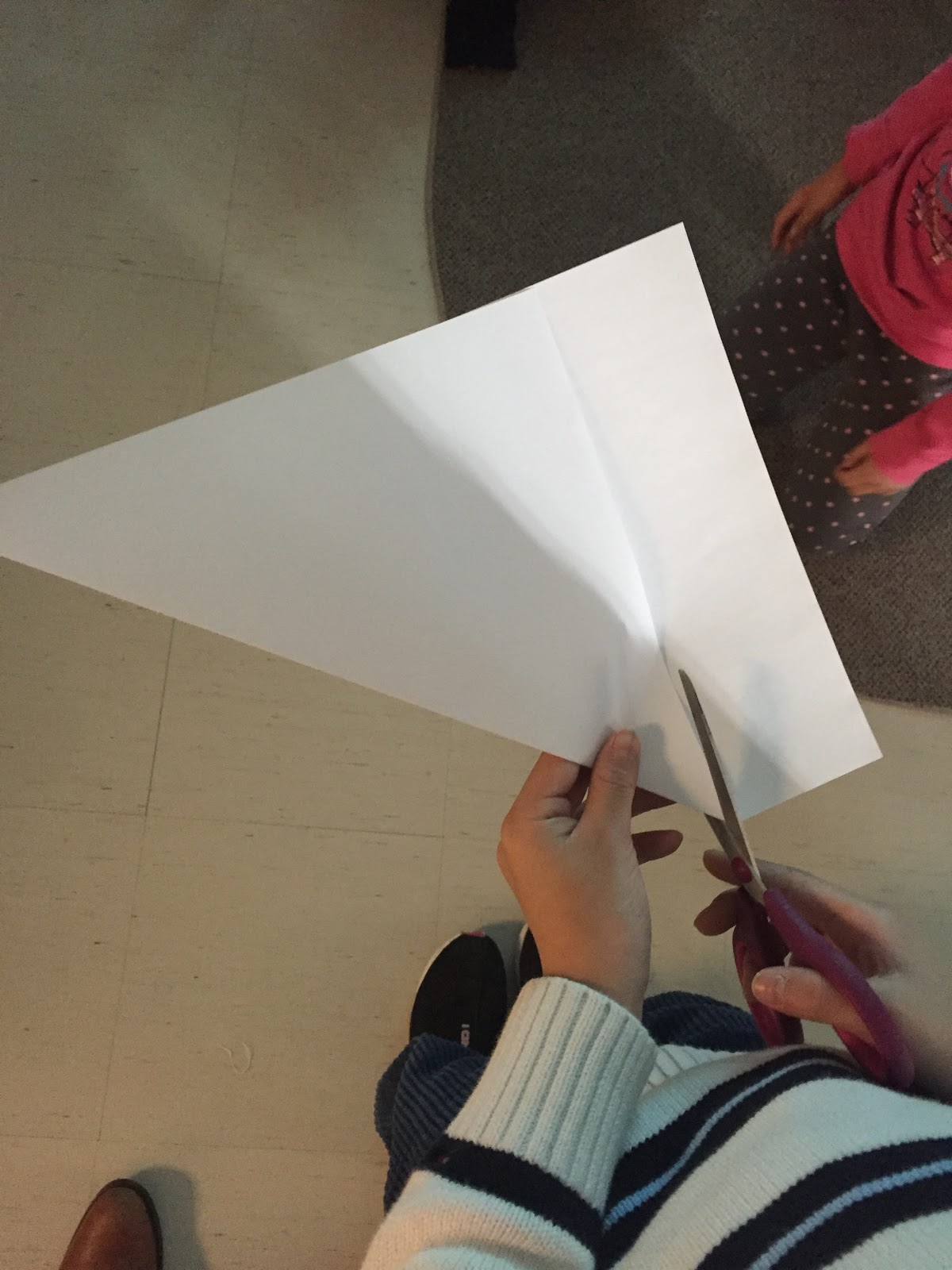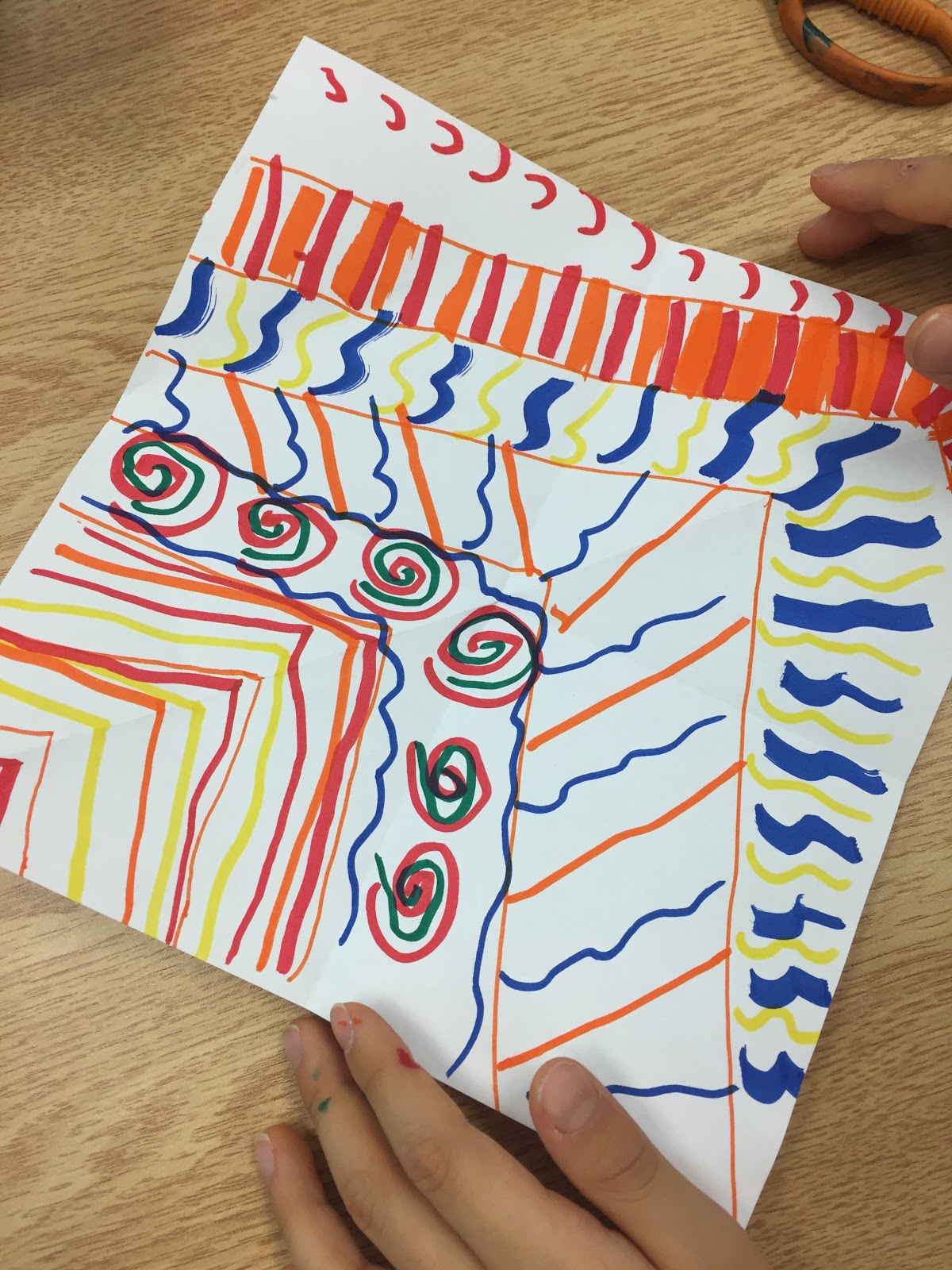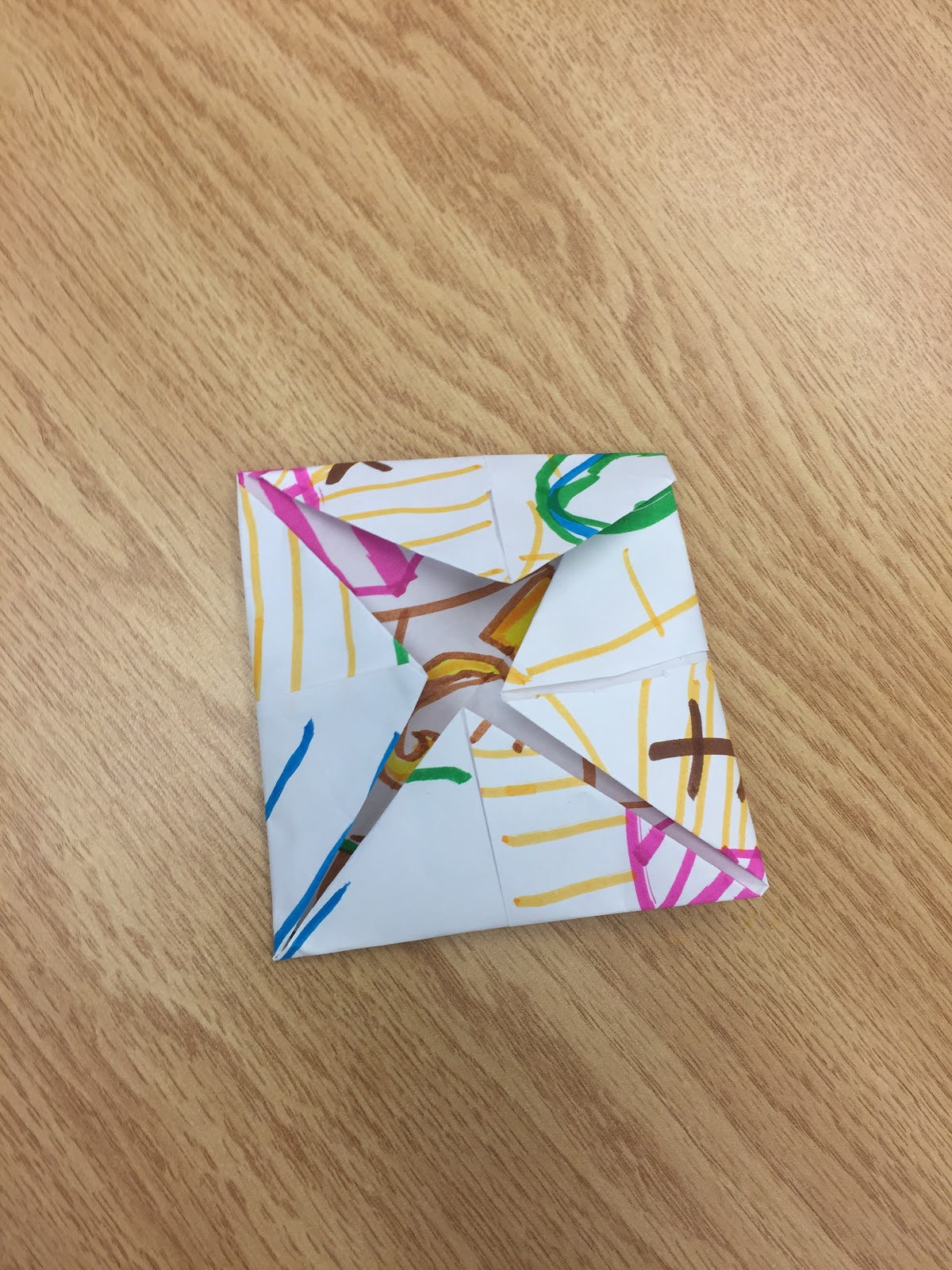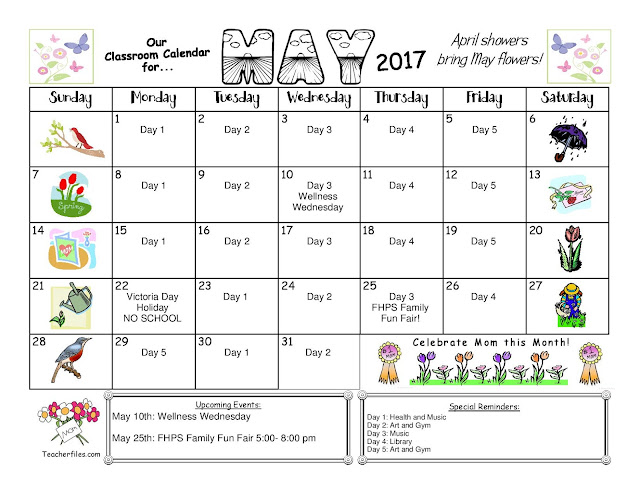
Wednesday, 14 June 2017
Bittersweet Butterfly Goodbyes
Last week we had to say goodbye to our Painted Lady butterflies. We set them free in the park by the school. Our class had such mixed feelings on saying goodbye to them. Overheard while we were at the park, "Why do they have to go?" "We are like their moms and dads!" We learned that releasing the butterflies will help to replenish butterflies in our community. They will find a habitat that is suited for them, find the nectar they need from the flowers and plants in the wildlife, and in turn create more butterflies! Thank you to Ms. Maunder for organizing this wonderful learning experience and arranging the kits from Lucy's Butterfly Farm in Apsley, Ontario, www.lucysbutterflyfarm.com


Tuesday, 6 June 2017
June Learning Goals
It's almost the end of the the school year! Check out what we will be focusing our learning in our classroom this month.
Wednesday, 31 May 2017
Wednesday, 3 May 2017
Tuesday, 2 May 2017
Monday, 3 April 2017
Sunday, 2 April 2017
April Learning Goals!
April Learning Goals
Language:
- read and demonstrate an understanding of a variety of literary, graphic, and informational texts, using a range of strategies to construct meaning
- identify and order main ideas and supporting details, using graphic organizers (e.g., characters, setting, problem, solution; a sequential chart: first, then, next, finally) and organizational patterns (e.g., orientation, complication and resolution)
- spell unfamiliar words using a variety of strategies that involve understanding sound-symbol relationships, word structures, word meanings, and generalizations about spelling
- use some appropriate elements of effective presentation in the finished product, including print, different fonts, graphics, and layout)
Math:
- solve problems involving the addition and subtraction of whole numbers to 18, using a variety of mental strategies (e.g.,“To add 6 + 8, I could double 6 and get 12 and then add 2 more to get 14.”)
- represent and explain, through investigation using concrete materials and drawings, division as the sharing of a quantity equally (e.g.,“I can share 12 carrot sticks equally among 4 friends by giving each person 3 carrot sticks.”)
- describe probability as a measure of the likelihood that an event will occur, using mathematical language (i.e., impossible, unlikely, less likely, equally likely, more likely, certain)
- describe the probability that an event will occur (e.g., getting heads when tossing a coin, landing on red when spinning a spinner), through investigation with simple games and probability experiments and using mathematical language
Social Studies:
- compare selected communities from around the world, including their own community, in terms of the lifestyles of people in those communities and some ways in which the people meet their needs (e.g., in northern Europe, people have homes that are heated and insulated, while in the Caribbean, houses do not need to be insulated and may have rooms that are open to the outdoors)
- describe some of the ways in which two or more distinct communities have adapted to their location, climate, and physical features (e.g., in Arctic Canada, where it is cold, people wear warm clothes made with fur and hide or insulated with down or fleece)
Dance:
- apply the creative process to the composition of simple dance phrases, using elements of dance to communicate feelings and ideas
- demonstrate an understanding of a variety of dance forms and styles from the past present, and their social and/or community contexts
Physical Education:
- using rolling and passing to send balls of different shapes and sizes to partners and to aim at different targets
Thursday, 2 March 2017
March Learning Goals
March is already here! Click the link below to find out what we will be focusing our learning on in Room 109 this month.
Wednesday, 1 March 2017
What does it mean to be global?
We are starting our new Social Studies Inquiry Unit of "Global Communities". We will be revisiting the book "What Does it Mean to be Global?" written by Rana DiOrio.
Let's Fly Jiya to Ecuador!
Former student and model global citizen Jiya Mehta presented at the February 28th assembly about
her upcoming Me to We Women's' Empowerment Volunteer trip to Ecuador. As a school, we will be fundraising to help her raise money for her trip. Our goal is to raise $1000 to fly Jiya to Ecuador.
Members of the spirit committee will coming by daily after lunch to collect donations from students. The students can then decorate their planes, put their names on them and put them up in the hallway outside of your classroom flying towards the world map at the front of the school.
The fundraiser will run throughout the month of March.
Students are asked for donations of $2.00, $5.00 or $10.00.
Together we can fly Jiya to Ecuador FHPS!
her upcoming Me to We Women's' Empowerment Volunteer trip to Ecuador. As a school, we will be fundraising to help her raise money for her trip. Our goal is to raise $1000 to fly Jiya to Ecuador.
Members of the spirit committee will coming by daily after lunch to collect donations from students. The students can then decorate their planes, put their names on them and put them up in the hallway outside of your classroom flying towards the world map at the front of the school.
The fundraiser will run throughout the month of March.
Students are asked for donations of $2.00, $5.00 or $10.00.
Together we can fly Jiya to Ecuador FHPS!
Tuesday, 7 February 2017
Scientists in the School Cancellation
Unfortunately the presenter for Scientists in the School was cancelled for today. We will let you know when the workshop has been rescheduled for.
Thank you for your understanding!
Ms. Stuart
Sunday, 5 February 2017
Mixing Liquids and Solids Experiment
On Friday, we did an experiment to see what would happen to water when we mixed it with different liquids and solids. We mixed water with: soil, salt, oil and food colouring and observed what happened.
Wednesday, 25 January 2017
Procedural Writing: How to Make a Cootie Catcher
We launched our Procedural Writing unit through following a written procedure on "How to make a Cootie Catcher". After completing our cootie catchers using the written procedure, we rewrote the steps using easy to follow, step by step instructions and photographs of the process.






Today we used our written procedure to teach Ms. Zarina's Grade 1 class how to make their own cootie catchers!
Follow our steps to try to make your own!
How to Make a Cootie Catcher
By: Room 109
Step 1 If it's a rectangle paper, fold it until the two sides meet and cut the remaining rectangle off.
Step 2 Colour your square only on one side with pencil crayon or crayon.
Step 3 Fold the paper in half with the coloured side in.
Step 4
Open your paper and fold it in the other direction. You should see an x on your paper.
Step 5
Fold the four corners into the middle of the paper. You will make a small square.
Step 6
You will flip it over and fold the four corners into the middle again.
Step 7
Fold it in half one way and then fold it in half the other way again.
Step 8
You can write the colours on the four squares on one side of the square.
You can write numbers on the triangles on the other side of the square.
Step 9
Write fortunes on the inside of the flaps.
Step 10
Put your finger and thumb in the bottom holes of the square.
You are done your cootie catcher!
Monday, 23 January 2017
Liquids and Solids Scavenger Hunt
We have begun our unit on Liquids and Solids in Science. Today we went on a scavenger hunt outside and around our classroom to look for solids and liquids.
Click the link below to see what we discovered.
Monday, 9 January 2017
January Learning Goals
January Learning Goals
Language:
- identify several reading comprehension strategies and use them before, during, and after reading to understand texts (e.g., activate prior knowledge to ask questions or make predictions about the topic or story)
- sort ideas and information for their writing in a variety of ways, with support and direction (e.g., by using simple graphic organizers such as webs or a Venn diagram)
- sort ideas and information for their writing in a variety of ways, with support and direction
- gather information to support ideas for writing in a variety of ways and/or from a variety of sources
- write short texts using a few simple forms
Please click below to read the rest of our learning goals this month!
Subscribe to:
Comments (Atom)










